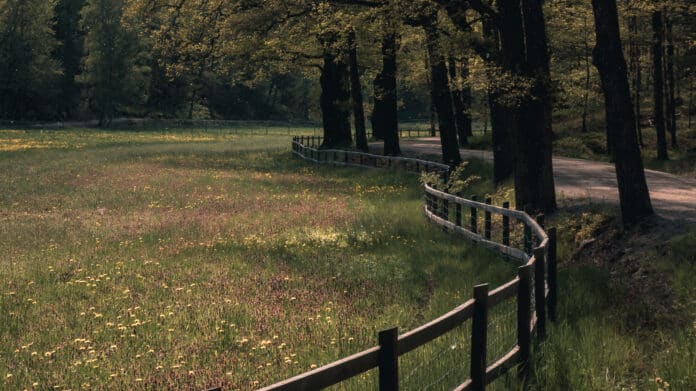This is a guest post by Lisah Silfwer.
How do you pitch a PR story to a broadcast newsroom?
In this post, I want to give you my best tips on pitching a PR story to a broadcast newsroom.
I work at TV4, a commercial national news broadcaster in Sweden. I’m a news anchor, trying my best daily to convey essential stories as clearly and promptly as possible. It’s challenging but fun.
For a journalist, having a network of news sources is valuable. PR sources are essential, too. But let’s be honest: Most journalists are sceptical of PR stories. Still, as long as you pitch your story well, you should be okay.
Here we go:
How To Pitch a Visual PR Story
Pitching a Weak PR Story is a Bad Idea
Pitching a good story well can be stressful. Many good stories are competing for attention at the same time. So, don’t make it harder on yourself by pitching a weak story. Keeping your fingers crossed and hoping for the best isn’t a great strategy. You’re wasting both your time and ours.
Boil Your Story Down to One Sentence
Be prepared to summarise your PR story in one or two sentences immediately. Then, when you contact the reporter, you’ll be prepared to be brief. If we’re interested, we’ll want to hear everything. But first, the journalist must understand that your story won’t waste valuable journalistic resources better spent elsewhere.
Remember That Our Viewers Comes First
A story could be critical to your organisation. But is it critical to our viewers? If the story isn’t relevant for a broader audience, maybe there are other more trade-specific media where your story would be more relevant. I understand that a story could be of the utmost importance to a specific organisation or even a whole industry. But please remember to tell your story from the perspective of the newsroom’s audience.
There Are Two Sides to Every Story — Even Yours
No reporter with integrity will cover only one side of a story. And for every good news story out there, someone didn’t want that story to air. So, who would hate to see your story making the evening news? Just tell us, please and save us a few minutes of research.
Be Prepared to Answer Tough Questions
If your PR story seems interesting, the TV reporter will probably take the lead and ask uncomfortable questions. Uncomfortable questions are a good sign if you want your story to go on air. Ensure you’re prepared to give us straight answers instead of sticking to pre-written corporate statements and jargon.
Give Us the Story First (If Possible)
National broadcast news has a significant impact on society. We owe it to our viewers to give them the best journalistic stories daily. As a rule of thumb: If your story is newsworthy, giving us exclusive rights should increase your chances.
Make Sure to Prove Your Claims
Journalists must ensure that sources can back all their claims with substantiated evidence. Confirmed information is crucial, especially for PR stories; we don’t start digging for evidence whenever an organisation wants us to run its latest PR story. Have documentation ready. Have third-party statistics and statements ready. Make sure your spokespeople are accessible. Be prepared to suggest independent and unbiased experts.
Understand that Broadcasters Must Tell Visual Stories
A broadcast newsroom is going to need to tell stories visually. We need on-camera interviews and statements, graphics, camera footage, still frames, location shots etc. We make this work all the time for every story.
About the writer: Lisah Silfwer is a news anchor and journalist.

THANKS FOR READING.
Need PR help? Hire me here.

PR Resource: More Guest Posts
More Guest Posts
Learn more: All Guest Posts
💡 Subscribe and get a free ebook on how to get better PR.


